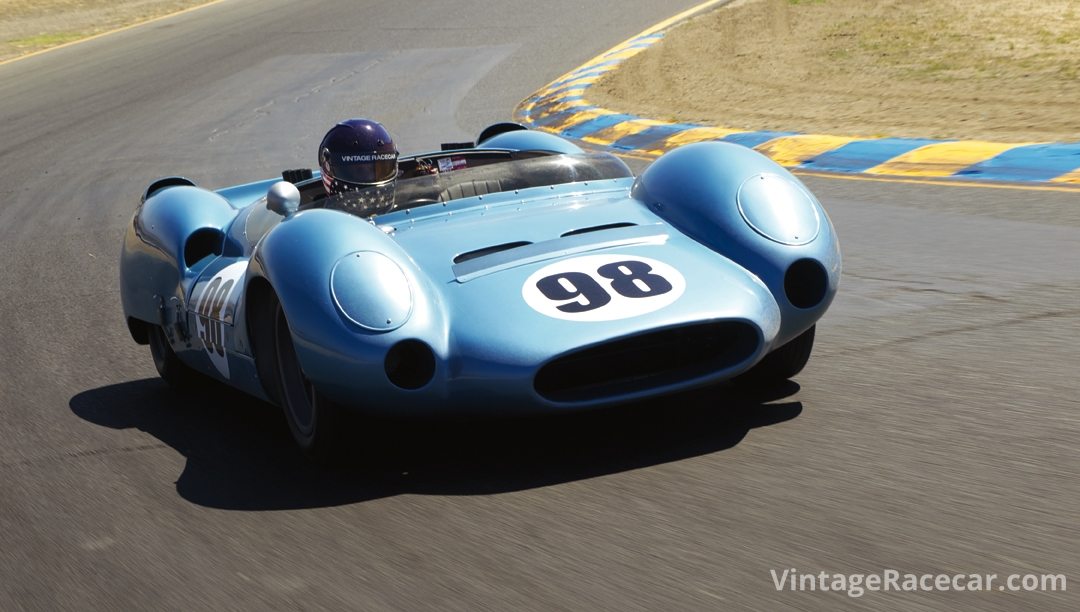If you examine the incredible growth in participation and popularity of historic racing over the past couple of decades, one of the biggest contributing factors to this success story has to be the sport’s accessibility. Historic racing is, without doubt, one of the most accessible forms of motorsport in the world. Anyone can do it, and contrary to popular belief, you don’t have to have a trust fund to get started. I’ve known a number of people who have gotten their start in this sport for a less-than-$10,000 total investment. And when you boil it all down, one of the most significant reasons why it has become so accessible is due to the sport’s exemplary safety record.
Fortunately, over its lifetime in the United States, historic racing has had very few “catastrophic losses,” to use impersonal insurance terminology. As a result, clubs around the country are able to put on affordable events because they can insure those events through what’s known as the VMC policy. For those not familiar, the VMC policy is a large umbrella insurance policy through which all VMC (Vintage Motorsport Council) member clubs can purchase event liability insurance. Because historic racing—separate and distinct from SCCA and professional series— has had such a low loss record (read: few claims), VMC member clubs (essentially every historic race club in the country) are able to insure their events for a fraction of the cost that other forms of motorsport pay. In some cases we’re talking about an order of magnitude difference in cost per event. In many respects, this insurance policy is our most precious resource, because without it, we could be looking at entry fees over $1,000 to cover what would be the heavy burden of insurance. With that in mind, I sometimes worry that we’ve come to take this low-cost insurance for granted.
No Subscription? You’re missing out
Get immediate ad-free access to all our premium content.
Get Started



